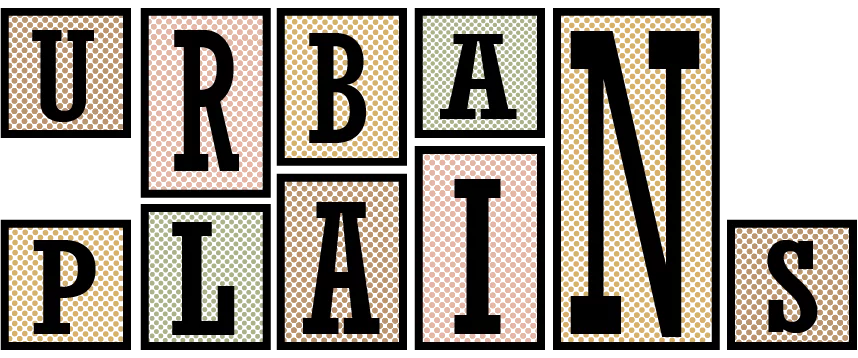The COVID-19 pandemic gave all college students a commonality by risking everyone’s mental health unconditionally. On its face, the pandemic united students on this front, but that does not make every story identical.
To bring light to the conditions students faced in 2020, four students shared with Urban Plains their mental health journeys during this decade-defining global health crisis, from struggles and fears, to successes and silver linings.
Moving from illness to recovery in 2020
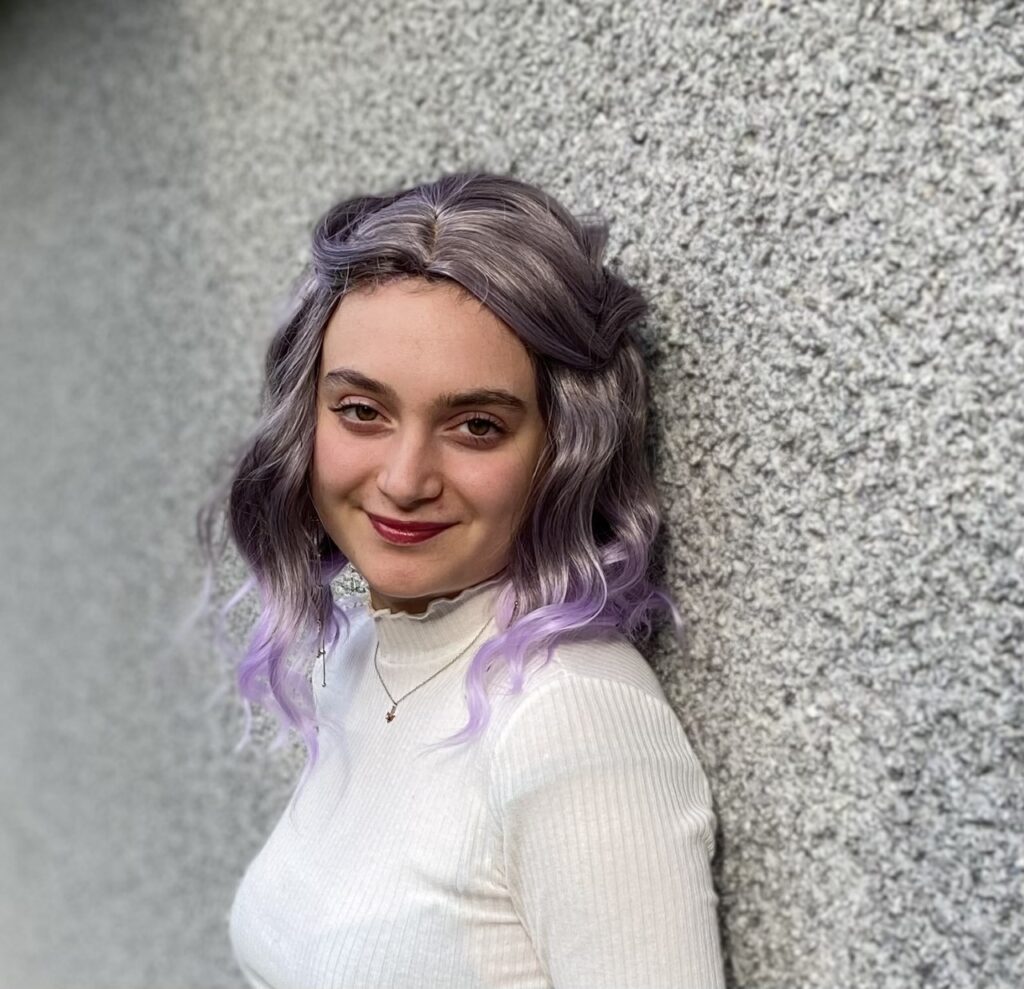
“My name is Shira. And I go to the University of British Columbia. And I’m not quite in a major right now, but I’m taking a music history course.”
Meet Shira Agam, a 22-year-old student originally from Chicago, Illinois.
After college, Agam says she hopes to develop a mental health curriculum for students so they can start to recognize and understand any symptoms they may have—something she never did.
“When I was eight years old and my mental health was crashing, I had no idea what that was or what was happening,” she says. “I didn’t have words for things like dissociation, depression, [or] eating disorder.”
Later she would finally know the words for her diagnoses. They include generalized anxiety disorder, anorexia, and schizoaffective disorder bipolar type, a mental health condition characterized by symptoms of both schizophrenia and bipolar disorder.
Living with these symptoms since childhood has meant struggles on Agam’s path to recovery, and she says 2020 marked a low point in her mental health. Before the pandemic started, the year included several hospital stays and a semester of forced academic leave from college. But it turned out that this combination of events would aid her steps toward a healthy life.
Agam’s hospital stay in March 2020 happened to coincide with the week COVID-19 arrived in Vancouver. At the start of that week, she says her world was still “normal” in all the ways it would not be at the end of it.
“And then by the time I left the hospital, I was, it was so disorienting, because everything was closed and shut down and you couldn’t see anybody anymore.”
Adjusting to the new COVID era was a difficult transition. She says it tested her grip on reality and at times isolation worsened her symptoms, but the most significant change would follow suit—and it was for the better.
Agam says that one step toward her recovery was shifting from being “very, very private about my mental health to being very open to the public about it.”
Joining the nonprofit Students with Psychosis shortly after her hospital stay in March motivated Agam to open up about her mental health. She started attending virtual support groups and sharing her experience in videos on the nonprofit’s YouTube channel. She also created an Instagram account where she tries to show others what it is like to live with mental illness.
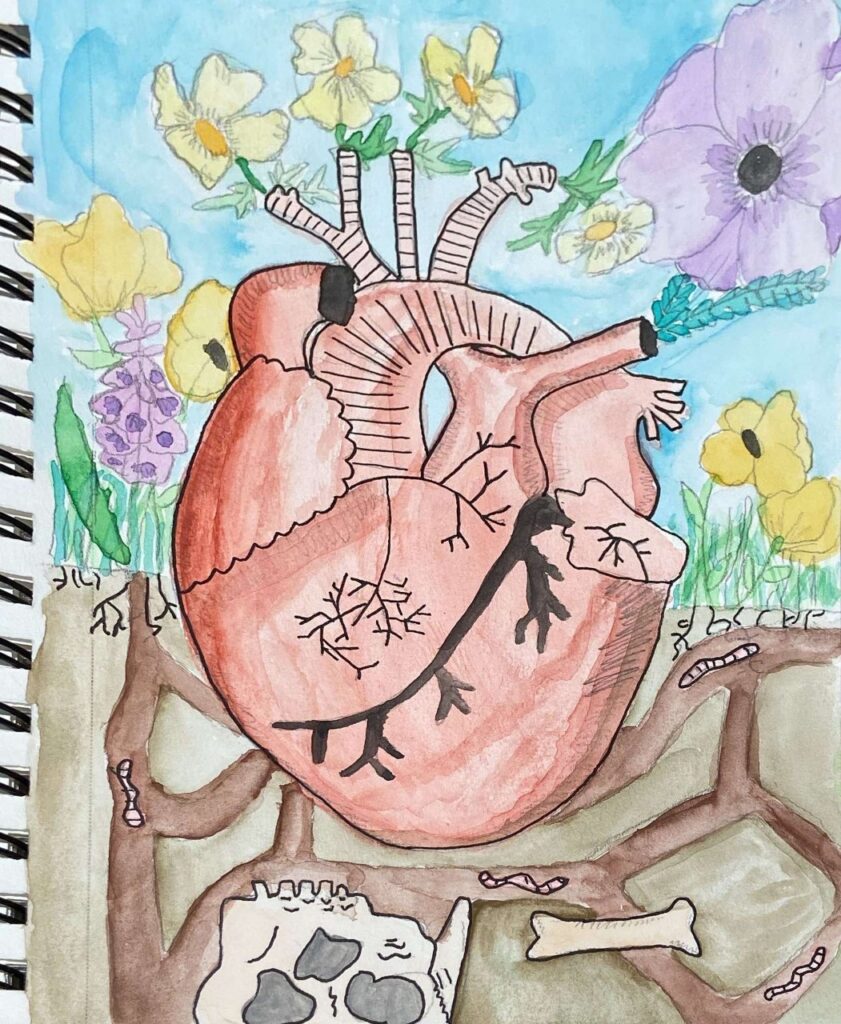
“So I’ll share things like, you know, anything from straight up diary entries of when I’m ill, to like how I cope with different symptoms, my experiences being in the hospital, interacting with the police…”
After years of keeping her mental health out of conversations with others, it took time to become comfortable being vulnerable.
She says she felt scared to talk during support group meetings at first despite knowing everyone would relate to her experiences. But once her first videos put her testimony out in the open for anyone to hear, she says sharing “didn’t really scare me anymore.”
“I think I just decided that the burden of keeping it a secret was too much. And I think it was a combination of that and feeling like, you know, just finding all these people, and really being able to relate all of a sudden, to all these people that had psychosis, I felt so much less alone than then I had felt when I initially got diagnosed, and I was just kind of like, wow, I wish that when I was diagnosed, I knew of more people who were being open about their illness, because that would have helped me feel less alone, less stigma, like all of that”
A year later, Agam says she is feeling better and learning that helping others means helping herself too.
“You’re not going to function if your health isn’t in an okay place,” she says. “Once I started putting my mental health first I was blown away with how much better I was able to work, and how much better I was able to do in school, and how much better I was able to help other people because I was putting my mental health first.”
Isolation versus independence

“My name is Rachel Hartley. I’m a junior at Drake University studying digital media production and minoring in advertising and graphic design.”
Meet Rachel Hartley, a 21-year-old student originally from Crystal Lake, Illinois.
Before the pandemic Hartley says she was “actively trying to take strides toward bettering my mental health.” She has attended therapy for the last two years. She practices self care for her generalized anxiety disorder and challenges her anxious thoughts daily. That still did not stop the impact and shock of COVID-19.
Initially, getting sent home in March didn’t worry her. But as the pandemic solidified itself as an unknown reality, she, like everyone else, needed an escape from it. Busying herself with school work offered itself as a convenient choice.
“I think that I was really unhealthy in the way that I was handling the beginning of COVID-19 because I would use schoolwork as a distraction from actually processing a lot of my emotions. And so yes, I did make the President’s List, which was an amazing accomplishment for me, because I’ve always wanted to do that. But I think the means in which I accomplished that weren’t healthy.”
The effects of isolation silently crept in as the year continued. An introvert who would go to movies and shop by herself pre-pandemic, Hartley wanted to see others more than ever. Instead, she chose to stay home in Illinois rather than come back to Drake University’s campus in the fall. She says it was her worry for her family and friends’ health and safety that cemented her decision.
“But another part of that decision was related to my fear, and I think the hardest part of the pandemic, for me has been coping with the idea that my own personal decisions can impact you know, whether or not someone survives another day.”
During such an uncertain time she says it was instinct to want to be with her family “above everything,” and the choice foreshadowed realizations she would glean from having more time for reflection.
“Being isolated, you also get to learn about yourself in the aspect of you get to learn what your responses are to a lot of this trauma, and in a state of crisis what is your first thought, what do you truly value?” she says.
Although valuable, the lessons do not ease the disappointment of lost independence, time with friends, and everything else college is supposed to be. Hartley says coping with this new form of college life found her picking up simple hobbies like reading, watching documentaries, and crafting.
“The ability to try something new and to try to get out of your headspace a little bit more has helped,” she says.
But new coping mechanisms does not mean she or any other students have fully processed the pandemic and its effects on mental health. She says she expects there to be more impacts and emotions to unpack from 2020 in years to come.
“I don’t think that this coping is done. I don’t think coping is ever done,” Hartley says. “And I think that even 10, 20, 30 years from now, we’re still going to be processing this.”
We're All Teammates
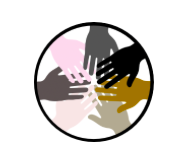
With the abrupt end of sports last March, many student-athletes were left with uncertainty and unlimited amounts of down time–something athletes usually do not get much of. Two former soccer teammates used this time to create the website We’re All Teammates, a safe place where any student-athlete can go to anonymously discuss their mental health and help end the stigma surrounding athletes’ mental health.
Meet co-creator of the website, TC Anderson, a 22-year-old student-athlete on the Drake University Men’s Soccer team. He is originally from Gainesville Florida, and a graduate student in the Masters of Accounting program at Drake.
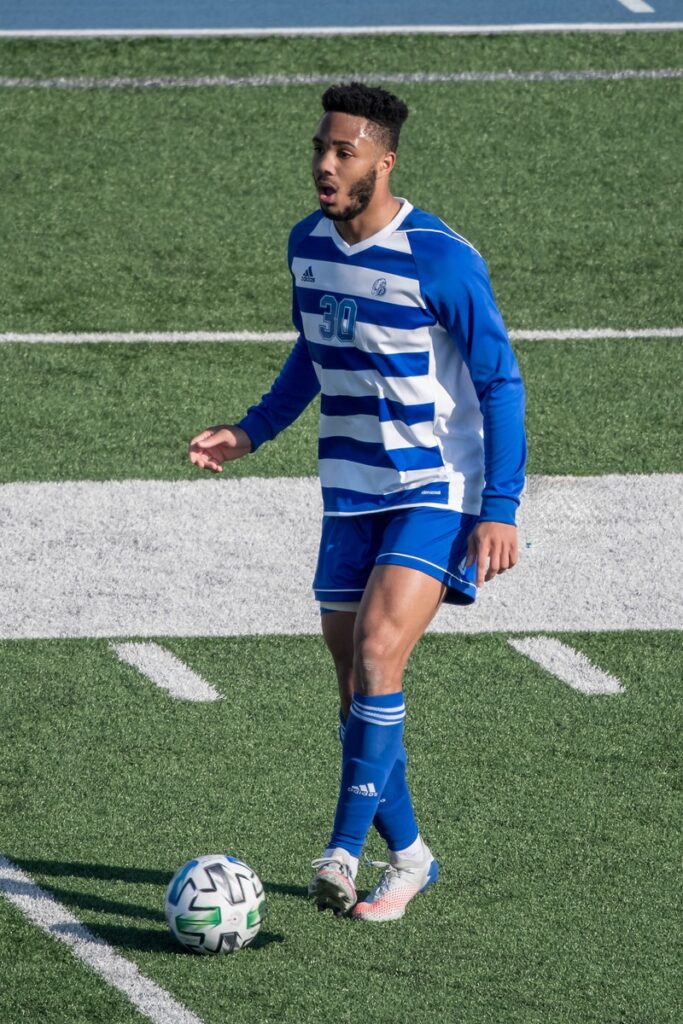
Anderson is passionate about ending the stigma of mental health among student-athletes as a result of his own personal experience. Anderson says the difficulty in adjusting to his new role on the team at Florida Gulf Coast University was much more difficult than expected. This is where his mental health began to take a toll.
“You realize you’re not the best player anymore, and quickly go from the top to the bottom,” Anderson says. “It just rocked my whole world and I felt like I wasn’t worth anything anymore and that really affected my mood on and off the field.”
Meet fellow creator of the website, Connor Gavigan, a 23-year-old former student-athlete on the men’s soccer team at FGCU. Gavigan majored in Psychology with a Minor in Business Management and is currently waiting to attend graduate school at the University of Kentucky to study Sports Psychology.
Gavigan continues to advocate and learn more on how to help student-athletes discuss their mental health, as he also experienced mental health issues stemming directly from college athletics.
“The pressures and the stresses that come with being in sports day in, day out is where my mental health issues came from,” Gavigan says. “A big part of it was my transition to college. I came from a place where you’re the top guy and you want to continue that, but that’s not always the case.”
Through both their personal experiences with mental health, as well as witnessing other athletes’ mental health suffer behind the scenes, their intention for the website is to create and build a community where athletes can converse and support one another.
“We just want to be a resource for any athlete specifically that feels like they have nowhere to go or no one to talk to,” Anderson says. “We know a lot of schools have counselors you can go talk to, but we wanted to do something where you could be completely anonymous if you want and don’t have to leave the comfort of your home or be seen by anyone, especially during the pandemic, that became even more important.”
Anderson and Gavgian used the time stuck in lockdown as an opportunity to put their idea of We’re All Teammates into motion. Anderson says they have had the idea since summer of 2014.
“It’s a shared experience, but everybody deals with it differently,” Gavigan says. “And just showing that, kind of like the name says, you’re just not alone and nobody’s going to judge you for this because somebody else is going through it too.”
Along with battling their own personal experiences with the pandemic, Anderson and Gavigan started the site to help other athletes, as they witnessed them struggling from the shutdown as well. Anderson says with the absence of sports, student-athletes were left wondering where to go next.
“It’s just like a lot of self reflection time,” Anderson says. “Usually we’re so used to being so busy, they get all this stuff to do, and then it just all gets cancelled and you question, what am I really about?”
On top of the isolation at home, seniors were left disappointed and uncertain if they were going to gain another opportunity to compete, as their seasons were cut short.
“Everybody practices and that’s the schedule, this is when we’re going to start competing, and then you get it into your mind that you have to be ready by this time, and then it never comes, so then it’s what now, what am I? What am I gonna do? It’s part of your personality and part of your daily routine,” Gavigan says.
Over the many years Anderson and Gavigan have been involved with sports, they have both noticed many common trends among athletes’ mental health and the stigma that comes with being a collegiate athlete.
“We want to help get away from the stigma that athletes and student athletes are above mental health or somehow immune to mental health,” Gavigan says. “Our goal is to create a sense of community where athletes understand that everybody else is going through something too and nobody out there is alone in their struggle.”
Along with the pressures of transitioning to college, performing on the field, and balancing school simultaneously, Gavigan has also noticed the added pressure from coaches and parents being a key contributor to athletes’ mental health.
“If you want anybody’s approval, it’s going to be theirs, so it’s really hard when people aren’t really seeing eye to eye with the coaches,” Gavigan says. “It’s kinda like your parents. If there’s anybody’s approval that you want, it’s going to be them to tell you that you’re doing well, and you’re going to get a chance, but sometimes that doesn’t always happen.”
We’re All Teammates is committed to providing resources to help athletes with their mental health and overall wellness, as many athletes do not seek help. According to Athletes for Hope, 33% of all college students experience significant symptoms of depression, anxiety or other mental health conditions. Among that group, 30% seek help. But of college athletes with mental health conditions, only 10% do.
“The trend I’ve seen is that a lot of people need help, but they really have nowhere to go,” Anderson says. “A lot of athletes strive for perfection, that perfectionist mentality, and it breaks down to a point where they don’t enjoy playing a sport anymore and they’re just not enjoying anything about the college experience.”
Including We’re All Teammates, there are several places student-athletes can go if they are struggling with their mental health, as well as other methods to cope. Anderson and Gavigan both offer the different methods that helped them manage their mental health.
“Sports don’t define your entire life. You’ve got life outside of it, and as long as you’re trying your best, just remember the main goal is to have fun,” Anderson says. “That’s why you started playing when you were little, before it [became] your job in college, and once I got that my whole mood changed, on and off the field. I was having a lot more fun and eventually led to me playing more because I wasn’t so worried about making mistakes.”
Gavigan says he found talking to the people he was closest with was the most successful coping method.
“I think you should trust the people who are closest to you, and I think that you should open up to them. I think you should be able to tell them, in a moment of vulnerability, what’s going on,” he says. “I think a lot of people will be surprised at what your friends would do to help you and how your friends would support you.”
More than 480,000 total athletes compete in NCAA athletics each year. Only a select percentage of those athletes will continue to compete at the professional level after their four years of eligibility. Hence, there is much more to a student-athlete than an athletes’ sport, and Gavigan encourages each athlete to remember that.
“Your sport doesn’t define who you are,” Gavigan says. “You playing a sport doesn’t define who you are and I think that’s something that so many people can benefit from.”
